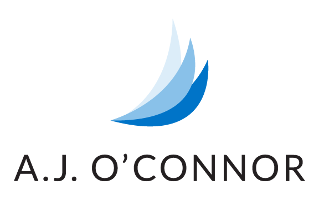
The Power of Transparent Communication: A Vital Leadership Competency
Effective leadership is built on a solid foundation of competencies that drive organizational success. One such competency, often overlooked but immensely powerful, is transparent communication.
Early in my career, I had the privilege of working for a manager named Dave who continues to inspire me both professionally and personally – even though we’ve not worked directly together in many years. Among his many leadership traits, he excelled in leading his team with honesty, transparency and humor.
In today’s increasingly remote and hybrid work era, trust and authenticity are paramount. Leaders who prioritize transparency can foster a culture of openness, collaboration and growth. Consider the following four ways transparent communication is an essential leadership competency and core to developing high performing teams.
- Trust-building – Transparent communication serves as a cornerstone for building trust within an organization. Dave provided me with context about the organization and where it was going which made me feel valued. When leaders openly share information, goals and challenges, they create an environment where employees feel respected and included. According to a survey conducted by Edelman, 67% of employees consider transparent communication from their leadership as one of the most important factors in building trust. By being honest and open, leaders inspire confidence in their team, leading to increased productivity and loyalty. I am loyal to Dave to this day due to the trust he placed in me.
- Alignment & Clarity – Transparent communication enables leaders to provide clear expectations, objectives and strategic direction to their teams. When employees have a deep understanding of the organization’s vision and goals, they can align their efforts accordingly, fostering a sense of purpose and collective ownership. But leaders may be missing the mark. A study performed by Axios found that 77% of leaders think their communications share the context employees need to do their jobs well, but only 46% of employees agree. Transparent leaders effectively articulate the “why” behind decisions and empower their teams to make informed choices. Dave was always open to answering a question, which enabled me to do a better job. I recall one particular time I was preparing for a business trip. Dave provided me with additional information – the why – that enabled me to rethink my approach to the work and proceed with confidence.
- Conflict Resolution & Problem Solving – Transparent communication is pivotal in resolving conflicts and fostering effective problem solving. According to Pollack, U.S. employees spend nearly 2.8 hours a week involved in a conflict, which amounts to $359 billion in hours paid that are filled with conflict, not positive productivity. When leaders encourage open dialogue, they create a safe space for employees to voice concerns, share ideas and provide feedback. Transparent leaders actively seek input, listen attentively and leverage diverse perspectives to drive innovation and overcome challenges. Within appropriate boundaries, Dave shared with me conflicts in the organization that enabled me to proactively plan and navigate political issues.
- Adaptability & Change Management – In today’s fast-paced business environment, change is inevitable. Transparent communication equips leaders with the ability to navigate change effectively. By openly communicating changes, challenges and the rationale behind decisions, leaders reduce uncertainty and alleviate resistance within their teams. A recent survey conducted by McKinsey revealed that organizations with transparent communication during times of change are 3.5 times more likely to successfully manage change initiatives. Transparent leaders provide context, manage expectations and actively involve their teams in the change process, fostering resilience and adaptability. The organization that Dave and I were working for was in the process of being acquired. Dave was open with me about his decision to leave the organization, and at the same time, his candor and support inspired me to stay and grow in my role there.
Transparent communication is not merely a buzzword; it is a critical leadership competency that drives organizational success. By building trust, aligning teams, resolving conflicts and managing change, transparent leaders create a culture of transparency, collaboration and growth. As leaders strive to navigate the complexities of the modern business landscape, embracing transparent communication is not just an option; it is a strategic imperative. In short, be like Dave!
Related Posts:
One Family. One Goal. Evolving Marketing.

